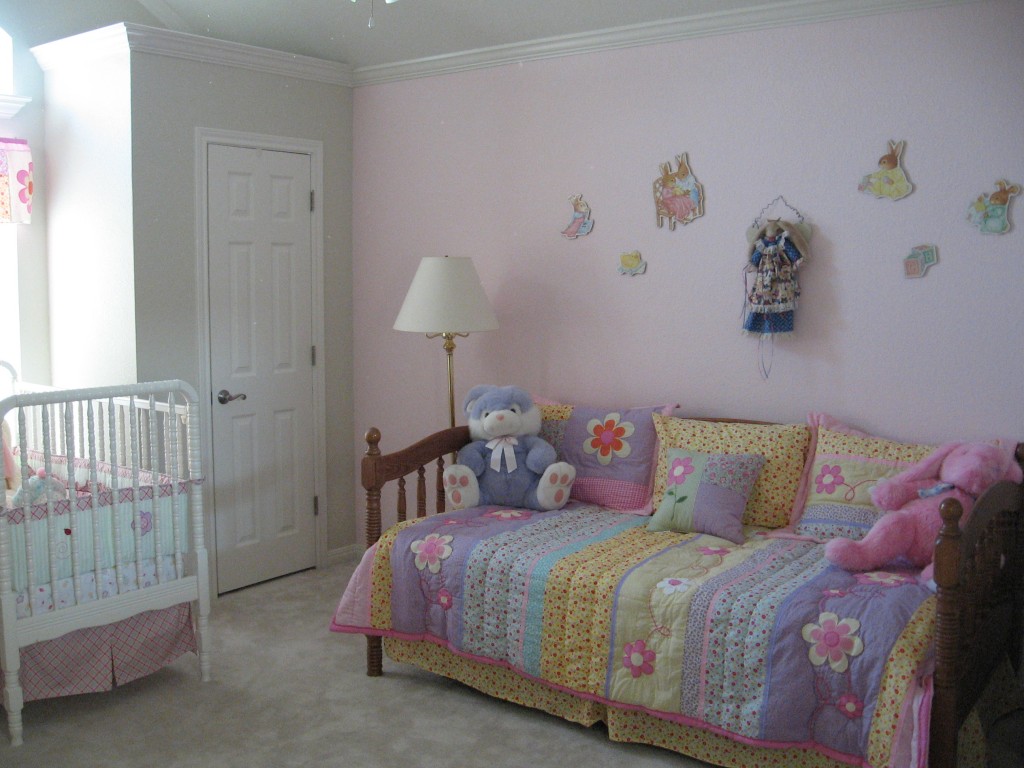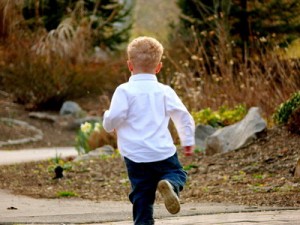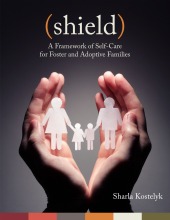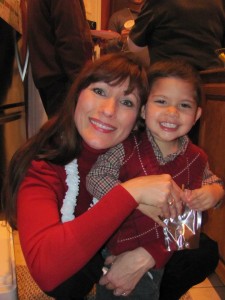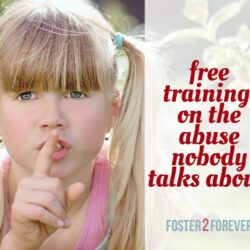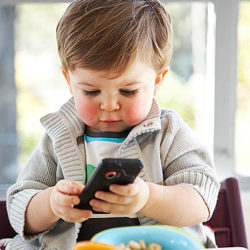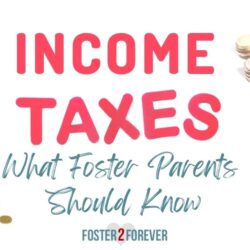This past weekend was Cinco de Mayo, a celebration for those of Mexican descent. Although, now a U.S. citizen, our 2-year-old Lil Bit was born in Mexico. During our struggle to keep Lil Bit in our family, we felt pressure from Lil Bit’s CASA worker as she kept saying over and over: “He needs his Mexican culture.” During this ordeal, my thoughts were that we can learn and teach him Spanish, and I do cook Mexican food a couple of times a month — We are in Texas, for Pete’s sake. With a Mexican restaurant on every block, Hispanic culture surrounds us.
However, lately I have internally stressed over learning Spanish and how to “become more Hispanic” for my Mexican child.
I recently finished “reading” Adopted for Life by Dr. Russell Moore, a leading Christian adoption advocate. As I listened to Dr. Moore reading the audiobook to me, I was comforted by his words (paraphrased from Chapter 1):
“We will teach our boys about their cultural heritage…I will teach aspects of Russian culture but not with the same intensity….They eat what we eat…They share our lives and our story…They’re Moores now with all that that entails…”
I began to think about all the families we know with one Mexican spouse – relatives, neighbors, and long-term friends – and how they integrate Mexican culture into their families. Of those, only half actually teach their children to speak Spanish, mainly because the grandparents primarily speak Spanish. However, most do teach a few words of Spanish, as do we. Although, I didn’t have a Hispanic parent or take a Spanish language course, I know a bit of Spanish vocabulary I learned through Mexican friends, roommates, travel, and Sesame Street.
Would I like to learn to speak Spanish? Yes! I would love to one day be able to hold a conversation with someone in Spanish. That is something I plan to do when we eventually homeschool our children. But we will learn Spanish as a family – not only for our Mexican child, but for our entire family.
As Dr. Moore also points out in his book, parents shouldn’t point out their adopted children’s differences. We don’t want Lil Bit to feel different in our family just because he is Hispanic, he is our son and we want to instead point out how much he is like us.
(On a side note, I met a co-worker of FosterDad’s at a local park this week – when she saw Lil Bit, she said, “He looks like your husband.” — Take that Ms. You-can-tell-by-looking-at-him-that-he’s-not-yours CASA worker!!!)
We do want our Mexican child to be proud of his first culture; however, he is now our American son, and we did not celebrate Cinco de Mayo this year. (It’s t-ball season)
What are your thoughts on keeping cultural heritage?





